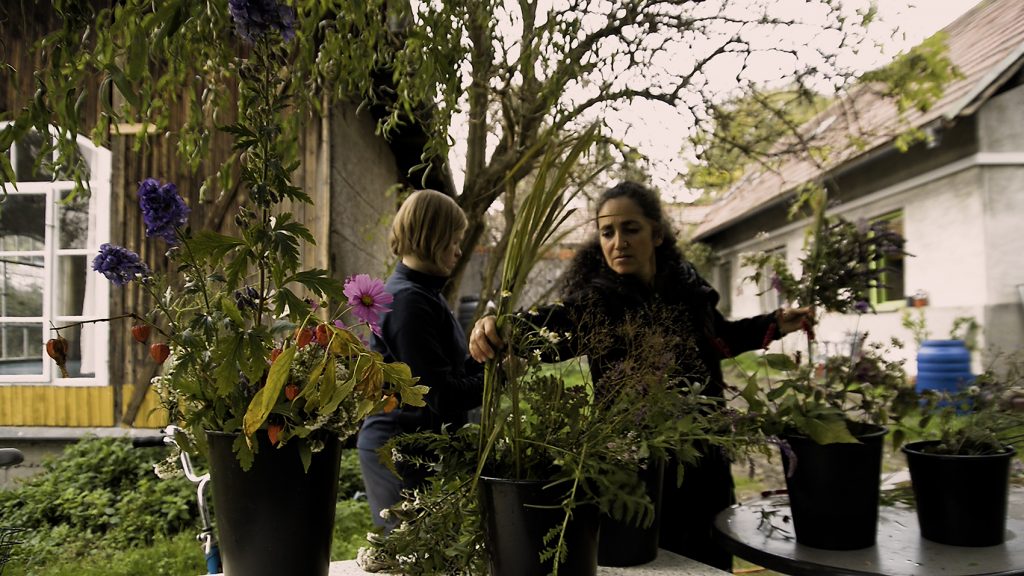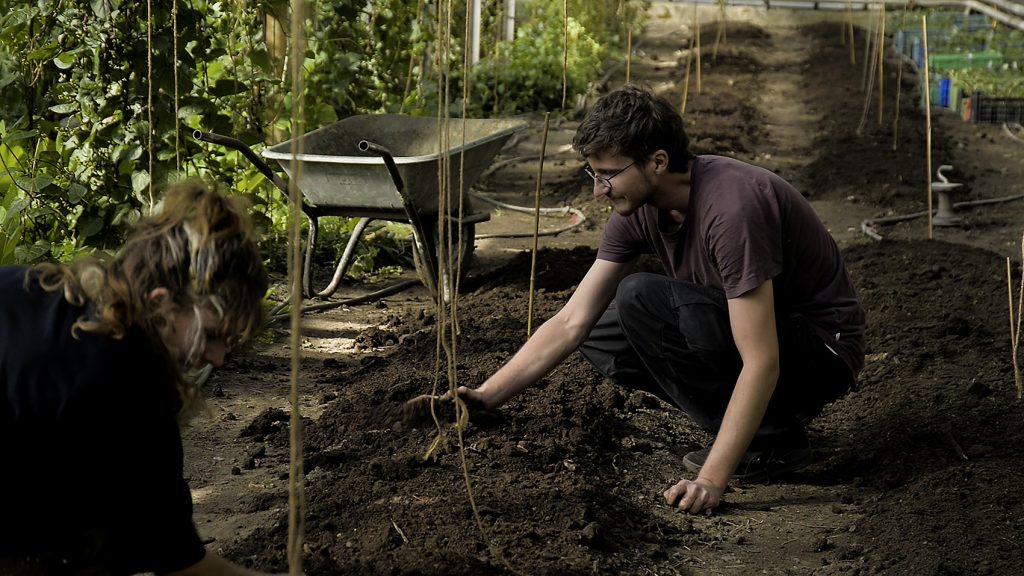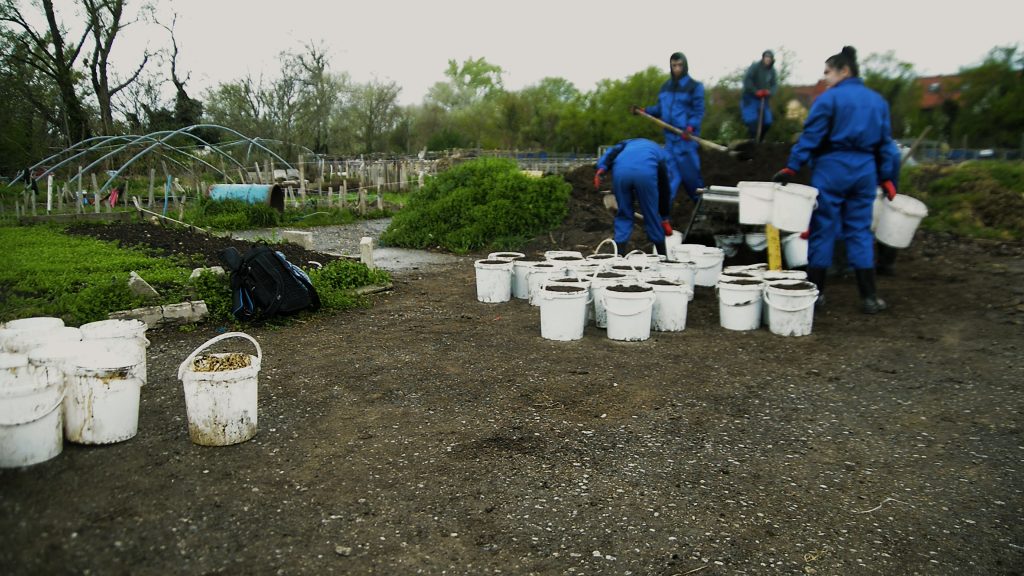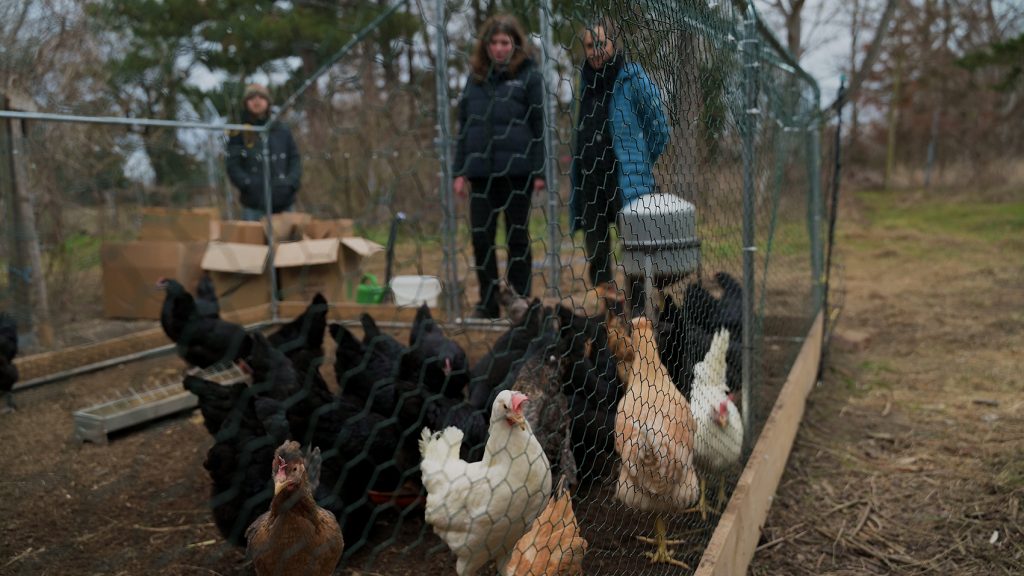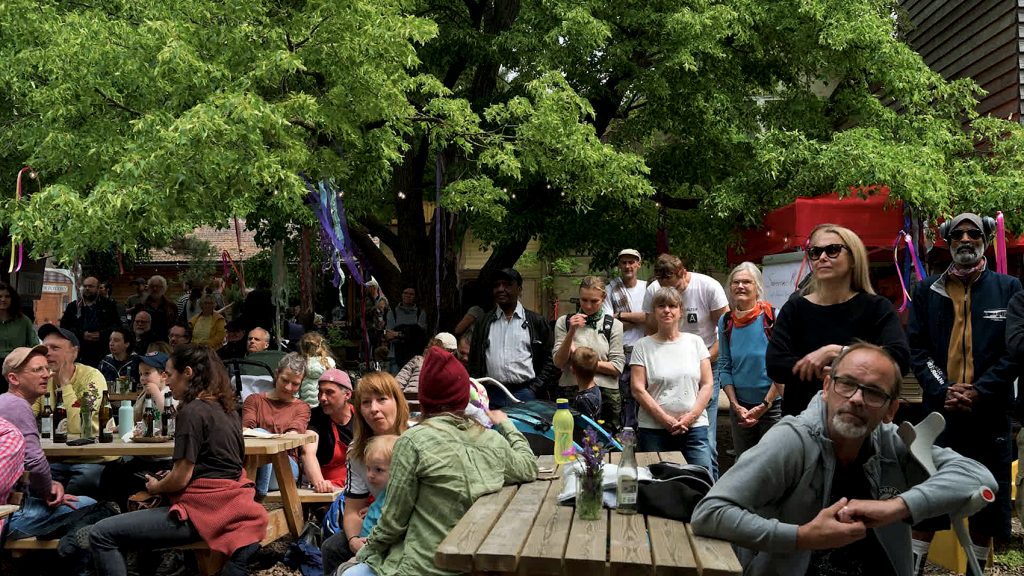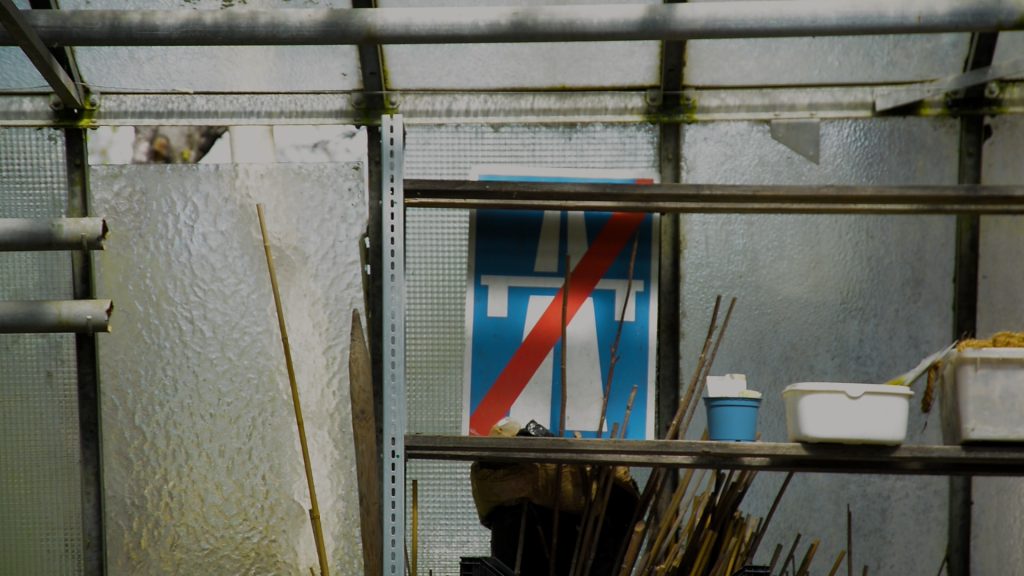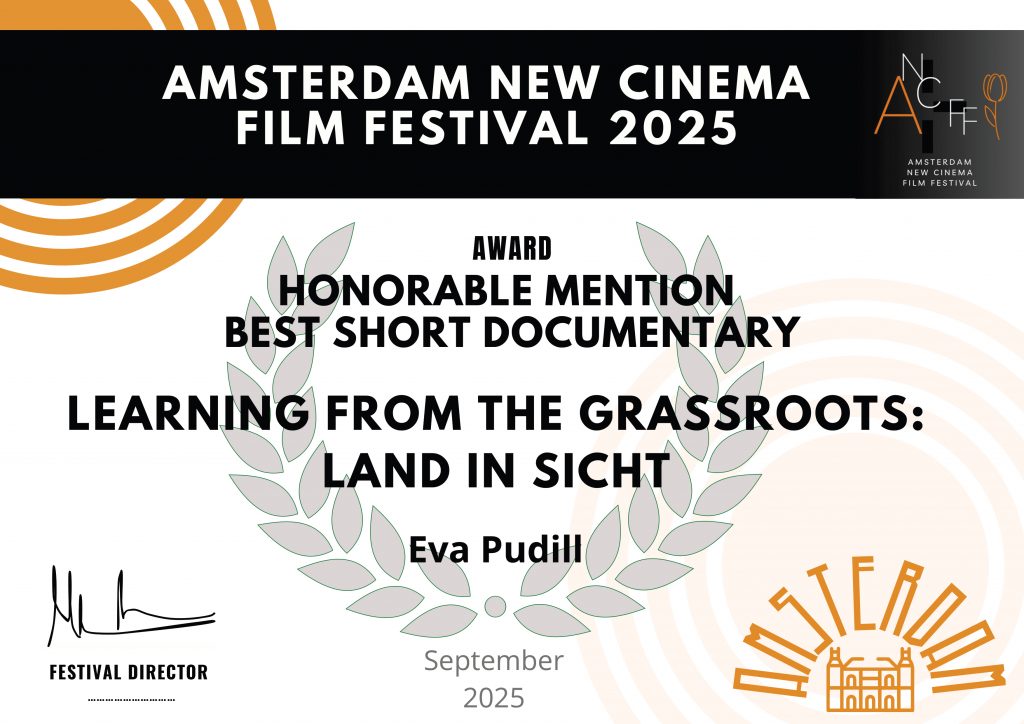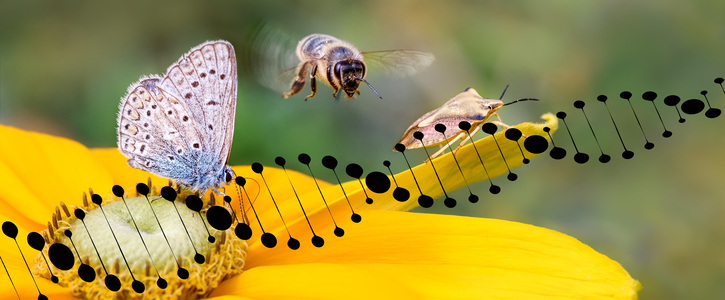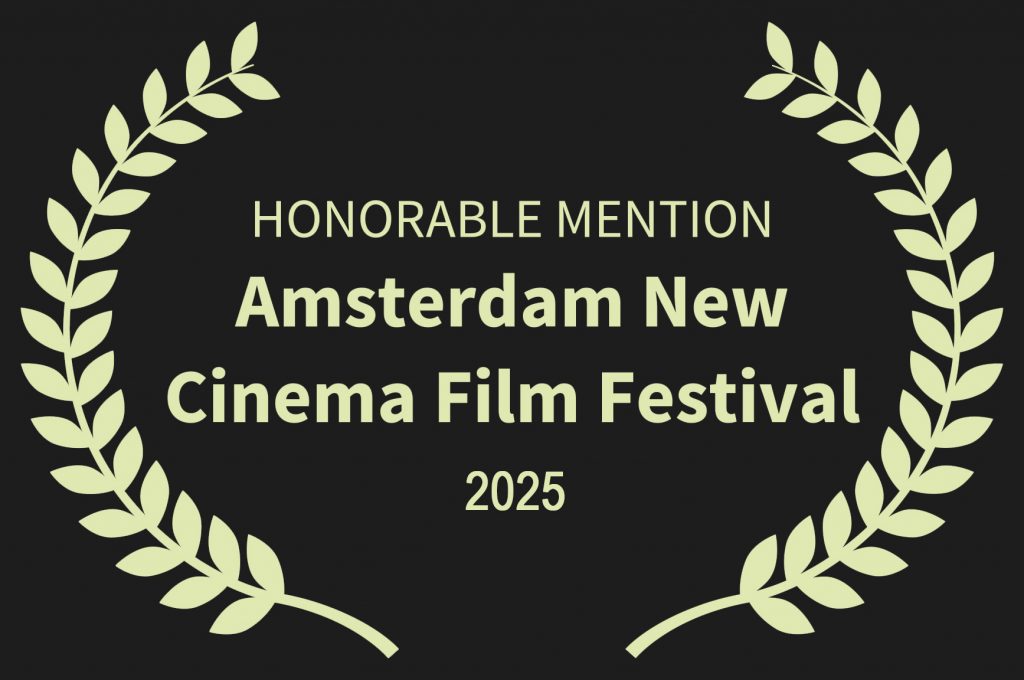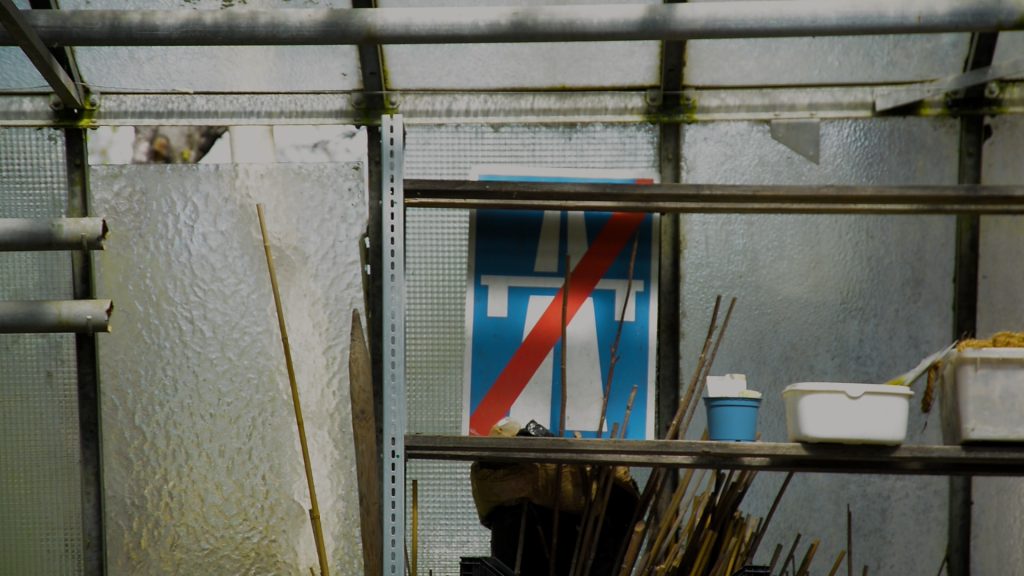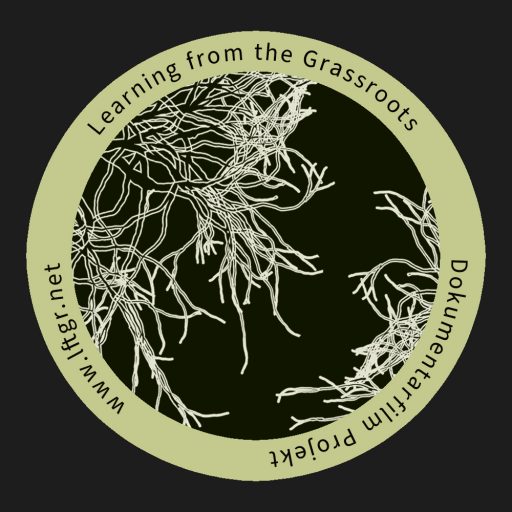The first documentary film in the „Learning from the Grassroots“ series focuses on „Land in Sicht“ which is part of the „Kleine Stadtfarm“ (Small City Farm) in Lobau in the 22nd district of Vienna.
Located in the heart of the city and yet also within the „Donau Auen National Park“ the „Kleine Stadtfarm“ is a hub for civic engagement. It is home to a vibrant network of twenty associations and start-ups that collaborate to create synergies and close cycles. These associations, hailing from diverse cultural backgrounds, collectively cultivate the land leased by the City of Vienna.
What began as an experiment in self-sufficiency has evolved into an urban agriculture project over the past ten years, the impact of which extends beyond the 22 nd district.
Land in Sicht
The socio-educational and ecological enterprise „Land in Sicht“ shows how not only young plants, vegetables, and native meadow flowers grow here, but also community. There are educational programs for school classes, guided tours of the so-called „Welttellerfeld“ (world plate field), cultural events, and workshops on ecological and political topics at the cultural association „Salettl“ as well as an old greenhouse with a lot of history and stories to tell.
The film also looks back on the eventful history of this special place, from its days as an innovative ecological market garden and cultural hub in the 1960s and ’70s to today’s community project in the nowadays densely populated 22nd district. „Learning from the Grassroots: Land in Sicht“ is a cinematic exploration of what connects the city, nature, and society.
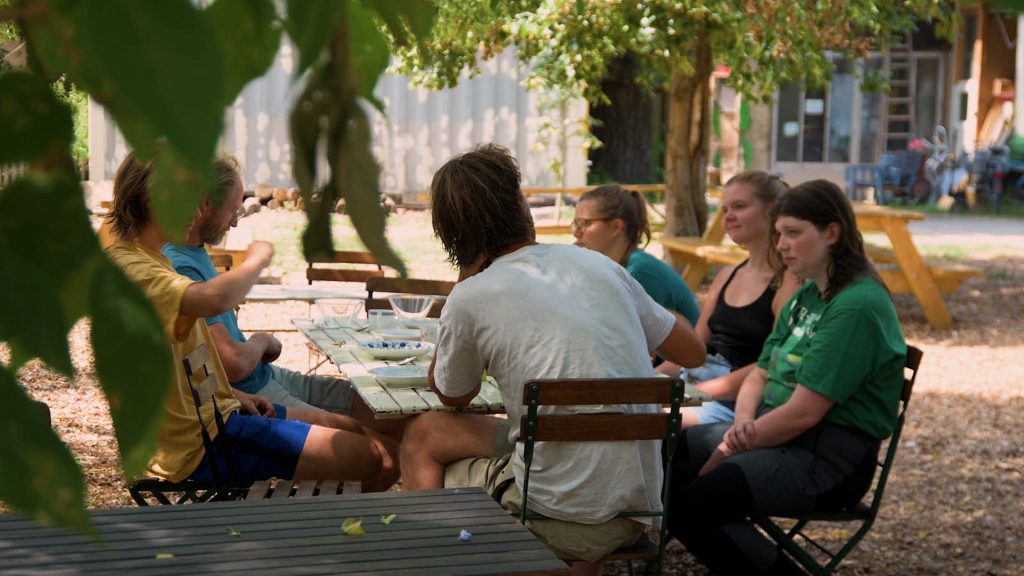
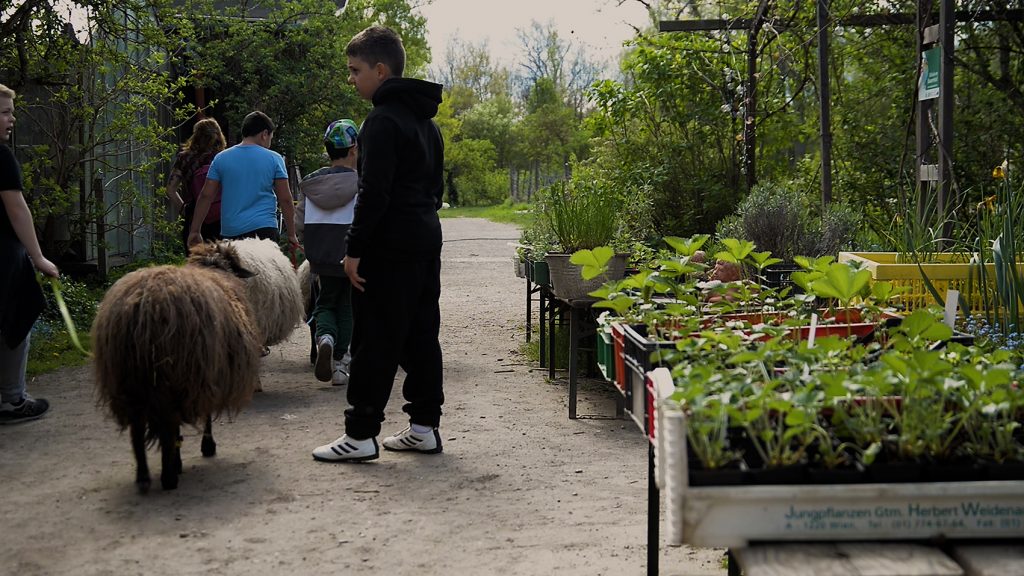
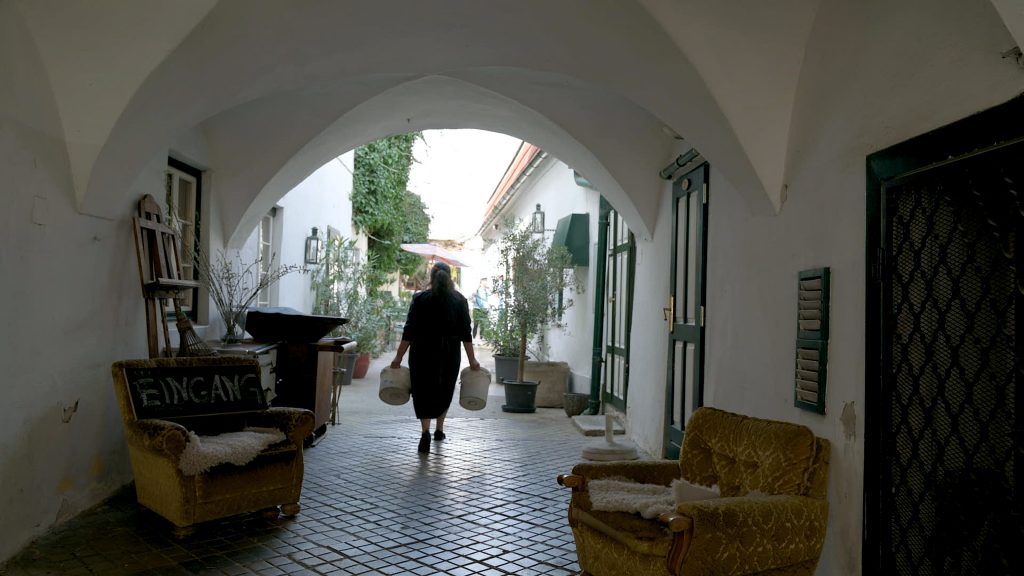
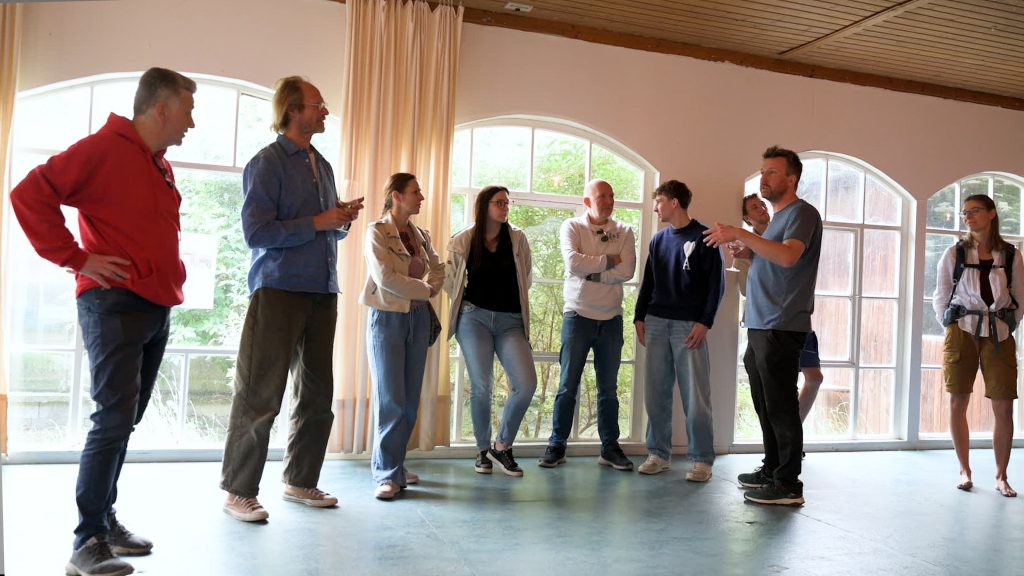
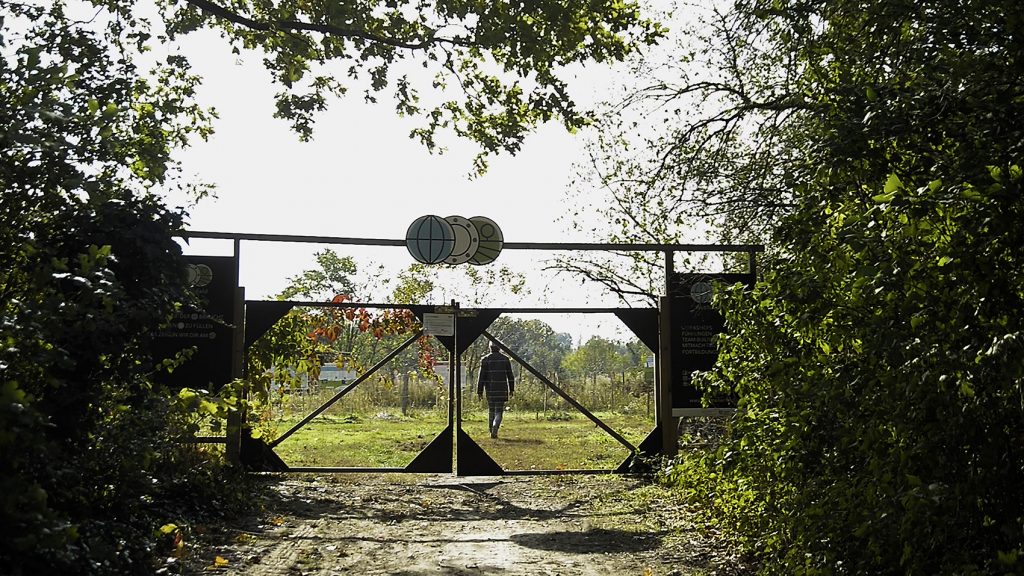
Author’s statement
The initial impetus for the documentary film project „Learning from the Grassroots“ arose during the coronavirus lockdown. In a time marked by isolation, uncertainty, division and digital overload, I became acutely aware of how much our society craves genuine human interaction. Social media and conspiracy theories took over—while I longed for authenticity, a lived sense of community, and for meaningful togetherness.
It was this tension that sparked my interest in exploring communal living and collective action, particularly community farming. What does it mean to take responsibility for our own food, the soil, and each other in the present day? How can collective action succeed on a small scale, not based on ideology, but on mutual respect, a willingness to experiment, and a desire to forge new paths?
„Learning from the Grassroots“ accompanies a community farming project in Vienna that asks and deals with precisely these questions on a daily basis. For me, the film is an attempt to listen, learn and to reveal the often-hidden solidarity-based, self-organizing structures that encourage greater social transformation.
For the first „Learning from the Grassroots“ documentary film, I tried to find a narrative structure that reflected the topic itself. Just as a community farming project is not controlled „from above“, but comes to life through the many voices, experiences and perspectives of its participants, the film should also be a collective mosaic – an invitation to think, empathize, and perhaps even participate.
However, as the entire community farming project, of which „Land in Sicht“ is just one part, has a complex structure, I felt it was necessary to establish some kind of narrative framework. Nikolai Ritter — the initiator of „Land in Sicht“ as well as the co-founder of „Kleine Stadtfarm“ and the initiator of the „Garden of Encounter“ at the Traiskirchen refugee camp, seemed to me to be the right choice for this.
Although I generally prefer an open, process-oriented narrative style, I deliberately opted for a central interview with him in this case. Rather than providing a traditional explanation or guide, it offers a subtle common thread that helps to clarify the various connections between the different projects and individuals, without detracting from their independence.
